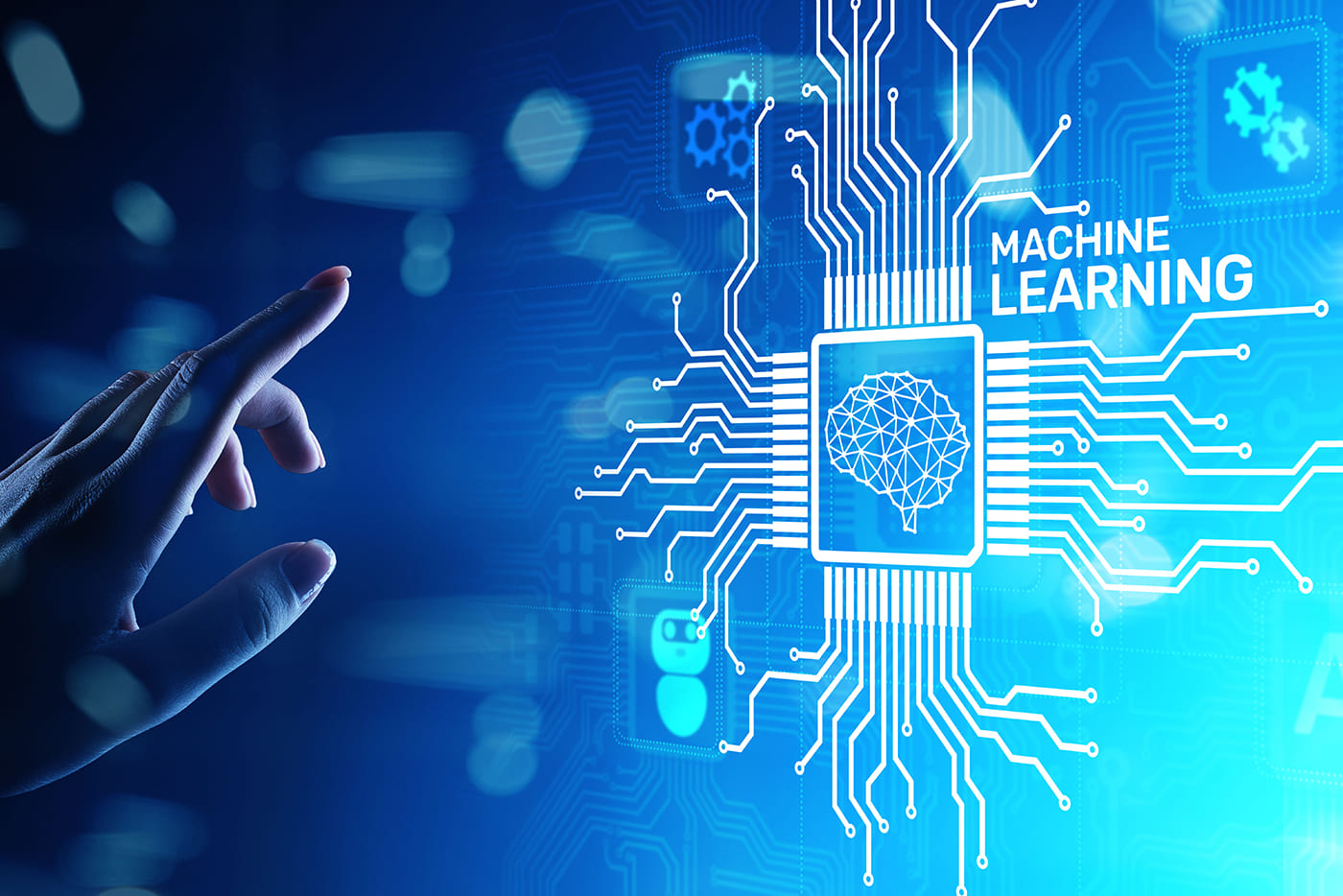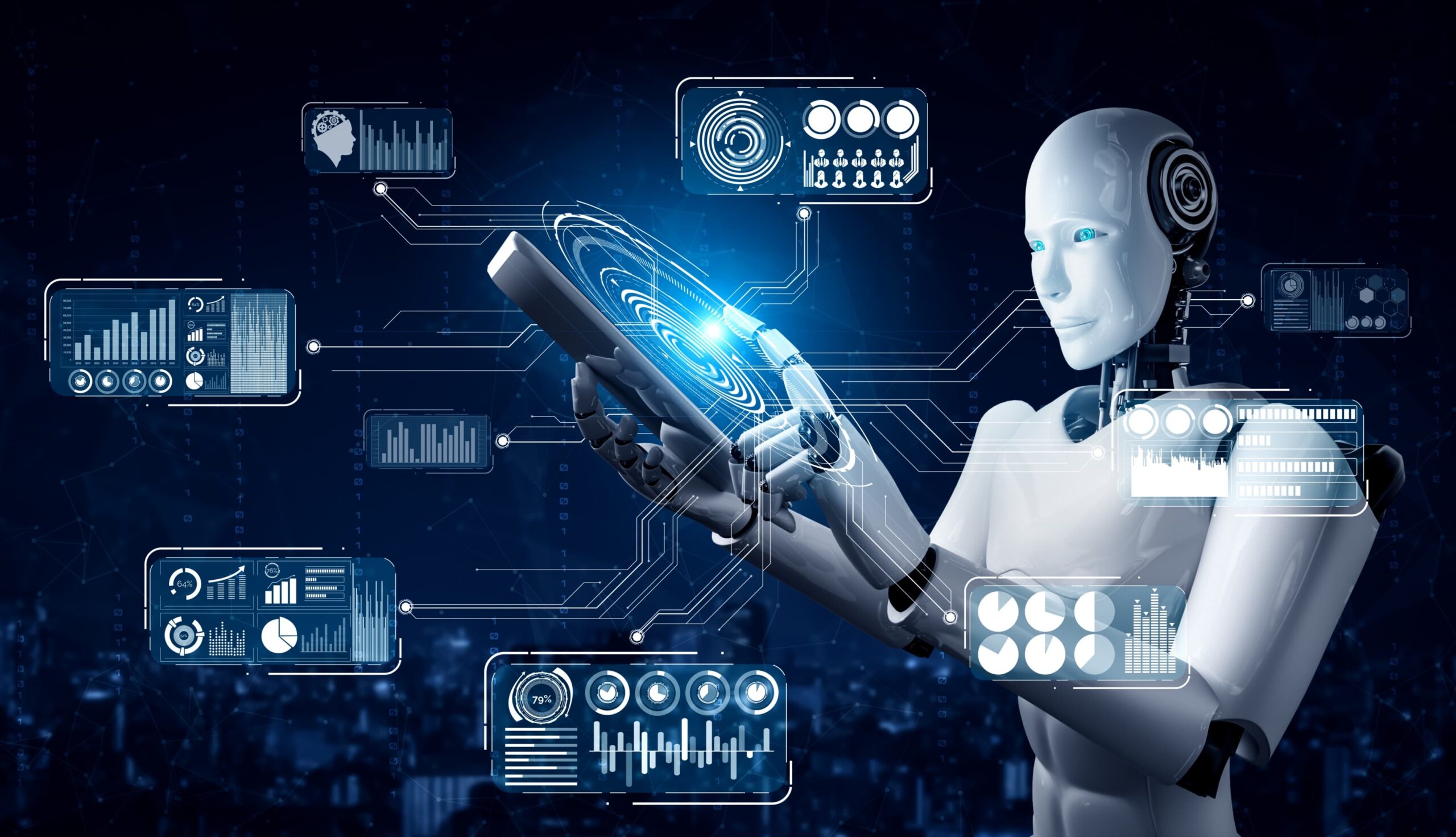In today’s era of technological advancements, one term that has gained significant popularity is “machine learning.” It is an interdisciplinary field of study that combines computer science, statistics, and artificial intelligence to develop algorithms capable of learning from and making predictions or decisions based on data. Machine learning has transformed numerous industries and revolutionized the way we interact with technology. With its ability to uncover hidden patterns and extract valuable insights from vast amounts of data, machine learning has become a powerful tool in the hands of researchers, scientists, and businesses alike.
At the core of machine learning lies the concept of algorithms. An algorithm is a set of rules or instructions that a machine follows to perform a specific task or solve a problem. In the context of machine learning, algorithms are designed to automatically learn and improve from data without being explicitly programmed. They have the capability to analyze and interpret complex data patterns, make predictions, classify information, and even adapt to changing circumstances.
One of the most widely used types of algorithms in machine learning is the supervised learning algorithm. In supervised learning, an algorithm is trained on a labeled dataset, meaning that the input data is paired with corresponding output labels. The algorithm learns from this labeled data to make predictions or classifications on new, unseen data. For example, in a spam email detection system, a supervised learning algorithm can be trained on a dataset of emails labeled as “spam” or “not spam.” It learns to recognize patterns in the data and can subsequently classify new emails as spam or not spam based on its learned knowledge.
Another type of algorithm used in machine learning is unsupervised learning. Unlike supervised learning, unsupervised learning algorithms work with unlabeled data. These algorithms aim to discover hidden patterns or structures within the data without any pre-defined labels. They are particularly useful in scenarios where the dataset is vast and the underlying patterns are not easily discernible. Clustering algorithms, for instance, can group similar data points together based on their inherent similarities, thereby revealing natural clusters within the data.
Furthermore, there is a third category of algorithms known as reinforcement learning. Reinforcement learning algorithms learn through interaction with an environment. They receive feedback in the form of rewards or punishments for their actions and learn to maximize rewards over time. This type of learning closely mimics the way humans learn from trial and error. Reinforcement learning has been successfully applied in various domains, including robotics, game playing, and autonomous driving.

The power of machine learning algorithms lies in their ability to handle complex and high-dimensional data. Traditional rule-based systems often struggle with large amounts of data or data with intricate relationships. Machine learning algorithms, on the other hand, excel in such scenarios. They can detect subtle patterns, make accurate predictions, and derive valuable insights from data that would be nearly impossible for humans to accomplish manually.
Additionally, machine learning algorithms have the capacity to learn and adapt in real-time. As new data becomes available, these algorithms can update their models and improve their predictions or classifications. This adaptive nature of machine learning makes it well-suited for dynamic environments where the underlying data distribution might change over time.
Machine learning algorithms have found applications across diverse fields. In healthcare, they are used for disease diagnosis, medical imaging analysis, and drug discovery. In finance, machine learning algorithms help in fraud detection, risk assessment, and algorithmic trading. In marketing, they enable personalized advertising, customer segmentation, and demand forecasting. From self-driving cars to virtual assistants, machine learning algorithms are driving innovation and reshaping our everyday lives.
However, it’s important to acknowledge that the power of machine learning algorithms also brings ethical considerations. The algorithms learn from the data they are exposed to, and if the data is biased or contains discriminatory patterns, the algorithm’s predictions can be unfair or perpetuate existing biases. Therefore, it is crucial to ensure the fairness, transparency, and accountability of machine learning systems to prevent unintended consequences and promote responsible AI development.
In conclusion, machine learning algorithms are unlocking the immense power hidden within data. They have the potential to transform industries, solve complex problems, and improve decision-making processes. From supervised learning to unsupervised learning and reinforcement learning, these algorithms have proven their worth in diverse applications. However, as we embrace the capabilities of machine learning, it is equally important to prioritize ethical considerations to ensure that these algorithms are used responsibly and for the benefit of society as a whole. The future holds tremendous opportunities for machine learning, and by leveraging its power, we can pave the way for a smarter, data-driven world.

